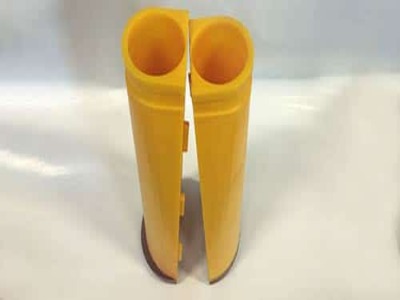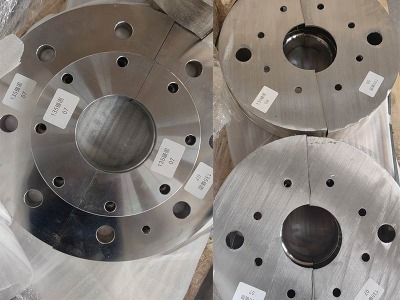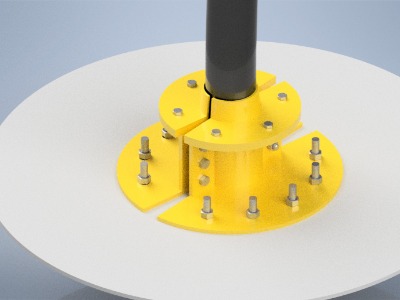The main function of the distributed buoyancy module for offshore pipelines is to provide buoyancy support for pipelines, enhance their stability, and thus extend their service life. It is commonly used in submarine pipelines such as flexible pipelines, cables, and umbilical cables for deepwater operations. This article will analyze its structural characteristics, core functions, and typical application scenarios.
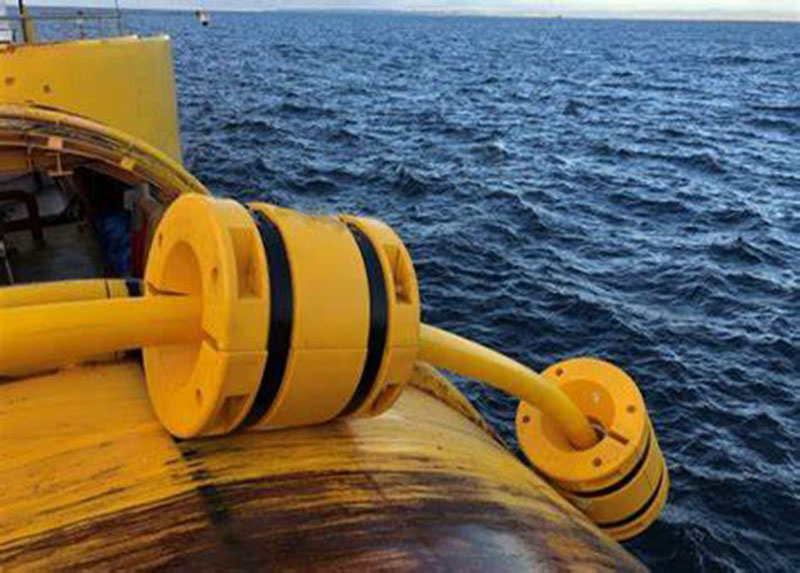
Structural characteristics of distributed buoyancy modules
The distributed buoyancy module is designed for marine environments. Its structure combines lightweight, corrosion-resistant, and modular concepts. The core components include:
• High-density composite foam core
A closed-cell polyurethane (PU) composite material is used to form a buoyancy core with low water absorption (<3%) and high compressive strength through a foaming process. The closed-cell structure ensures stable buoyancy in a long-term submerged environment. The density can be customized according to the water depth (such as 1000 meters to 3000 meters) to achieve precise buoyancy matching.
• Corrosion-resistant protective shell
The outer layer is wrapped with a non-absorbent polyurethane sheath to resist seawater corrosion, microbial attachment, UV resistance, and impact and friction resistance.
• Modular locking system
The split clamp or bolt connection design is used to adapt to different pipe diameters (DN100-DN2000), and other radii can be customized to support flexible arrangement along the pipeline axis. A gap is reserved between modules to avoid structural damage caused by thermal expansion and contraction or pipeline deformation.
• Customized density to ensure positioning
The distributed buoyancy module can achieve two main functions through density setting, providing lift and maintaining its positioning on the riser. (The lift is generated by the two-part buoyancy component. The clamp firmly fixes the component to the required position on the riser.)
Core role and advantages
The distributed buoyancy module provides multiple protections for the submarine pipeline system:
• Offset the negative buoyancy of the pipeline
The density of the polyurethane module can be adjusted to be close to that of seawater, reducing the additional pressure on the pipeline. The modular buoyancy unit is evenly distributed to balance the weight of the pipeline and the negative buoyancy of the contents (such as crude oil and natural gas), avoiding excessive sinking of the pipeline or friction with the seabed, and reducing laying stress.
• Suppressing vortex-induced vibration (VIV)
The flow-guiding structure and buoyancy support on the surface of the module can destroy the periodic vortex of the ocean current, reduce the vibration amplitude of the pipeline, prevent fatigue cracks and joint failure, and extend the service life by more than 30%.
• Adapting to the dynamic environment
In deep-sea high pressure (>30MPa), low temperature (2-4℃) and strong ocean current (flow velocity>3m/s), the material performance is stable and impact-resistant, and can withstand long-term cyclic loads and reduce maintenance frequency.
• Improving laying efficiency
The modular design supports rapid installation at sea, reduces the overall weight of the pipeline by 60%-80%, and reduces the operating cost and carbon emissions of the pipe-laying vessel.
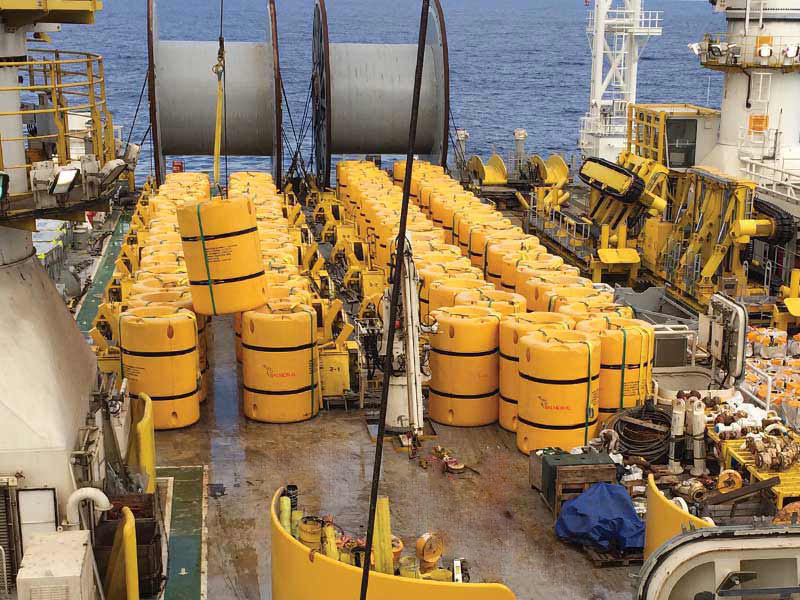
Typical application scenarios
• Deep-sea oil and gas pipelines
Applied to oil and gas fields with a water depth of more than 1,500 meters, the buoyancy module offsets the negative buoyancy of the high-pressure pipeline while reducing the length of the free span to avoid resonance risks.
• Submarine cable and optical cable protection
Provide buoyancy support for transoceanic communication optical cables and offshore wind power array cables to prevent the cables from sagging due to excessive gravity or being damaged by friction with reefs, especially in tidal channels and straits.
The distributed buoyancy module greatly improves the reliability and economy of the submarine pipeline system through scientific buoyancy distribution and anti-environmental interference design, and realizes a low-maintenance and high-efficiency marine energy solution. For more information, please contact us!

